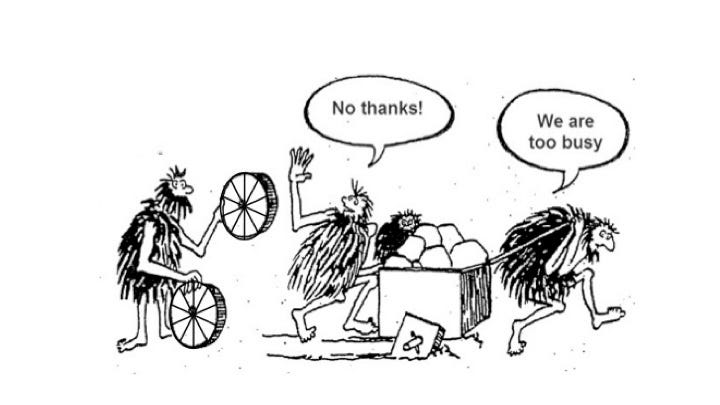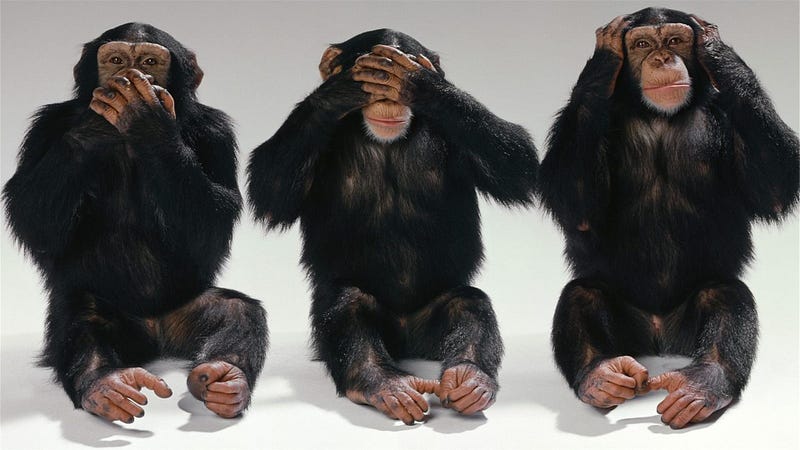
If you change the way you look at things, the things you look at change. — Wayne Dyer
The human retina has three kinds of receptors used for colour vision. These receptors are called cone cells. Humans see red, green and blue (hence, RGB colours on a computer display).
Birds, who are active during the day have four kinds of cone cells. This extra cell enables birds to see ultraviolet (UV) light.
Scientists also discovered that bird cone cells contain a drop of coloured oil that human cone cells lack. This oil functions like a camera filter. It means birds not only see UV light, but they are much better than humans at detecting differences between two similar colours.
For a long time, scientists assumed that birds and humans see alike. When they realised this is not the case it opened up a whole new way of thinking.
Imagine this became the case for business today? Imagine business could see their strategy through a new lens? A real lens, a lens that respectfully challenged their direction, but did so in the name of organisational success?
Invisible Gorillas
For those who have not done this before, the video below is the original selective attention task. If you are in a position to do so, please try it before reading on (you don’t need sound). It takes one minute and twenty seconds and the instructions are on the video.
The video inspired the book The Invisible Gorilla by Christopher Chabris and Daniel Simons. The authors devised this Invisible Gorilla experiment to demonstrate how we can miss the obvious.
I have shown this video to a good dozen people and about 50% do not see the gorilla. Importantly, it had nothing to do with age or intelligence.
In the experiment, viewers are asked to watch the video of people playing with a basketball. We are asked to count the passes made by one of the teams. Amidst the player a man in a gorilla suit appears, stops, beats his chest and continues on.
You would expect most people to see the Gorilla, but consistent with my own findings, the book states that half don’t see the gorilla because they are too focused on counting the passes.
The point here is that we miss things when our focus is extreme. We also miss things because we don’t always ask the right questions. We often do not see what we are not looking for. This is why it is always necessary to get an outside opinion.
Too Focused?

The more expert we become at our roles, the more we exclude information that does not help us achieve our goals. Many organisations are ultra focussed on execution at the expense of strategy.
Very few organisations step back to question if they are executing the right things.
Even fewer step back to question the insights that have formed the foundation of their strategy.
Fewer again question if their strategy is even a strategy or is it just a planning document.
Psychological Inertia

Psychological Inertia is our inclination to rely on familiar assumptions and exhibit a reluctance or inability to revise those assumptions. This remains the case even when the evidence supporting them no longer exists.
Organisations experience this when managers fail to update their understanding of a situation even when that situation changes. In this case, they stay the course, even though it is the wrong one. This is one of the biggest barriers to organisational change and breakthrough innovation.
Even companies, who are not steeped in political wrangling nor groupthink still fail. They fail despite a desire to succeed. In this case, we must question if they are a victim of psychological inertia. The world is scattered with the remnants of such companies, Kodak, Blockbuster, Nokia.
So, if the people in the company are good at their jobs — which we assume they are and their strategy is failing — then we need to call out what is broken.
The first thing to question is the information that feeds strategy.
The second is that these senior executives are victims of psychological inertia.
The third is the compensation structure because very few executives are compensated on building tomorrow.
In a World of Disruption Business Needs a New Lens
When businesses set about yearly strategy documents, they must question, are these simply planning timetables? There is a lack of understanding what the difference is and it is much easier to be busy doing things and making progress than questioning the things in the first place.
This is often not the employees’ fault it is often due to a broken system. Most people are measured on output and not questioning the output and certainly not questioning the input which leads to the output! Worse than simply being measured on output is being incentivised on it.
On this week’s innovation show we talk rainmaking, dollarization, lessons from paperboys, why you should park out back, why you should never drink coffee on a sales call, killer sales questions, pre-call planning.
This episode is for those who are selling anything, whether it is an idea to their boss, product to their client or the idea of a new car to their partner.
For over 25 years, Jeffrey Fox has been helping clients grow revenues and increase gross margins. Jeffrey is the founder of Fox & Company, a management consulting firm that shows clients how to dollarize their value proposition to overcome the price objection and to shorten the sales cycle. Fox has written eleven best-selling business books that have been translated into over thirty languages
Jeffrey is the author of How to Become CEO which was in the NY Times, Business Week, Wall Street Journal, Knight-Ridder, and Amazon.com best-seller lists. His books have been best-sellers in France, Germany, Singapore, Hong Kong, and Russia. His book How to Become a Rainmaker was selected as one of the 100 best business books ever written. His Dollarization Discipline was selected as one of the top thirty business books of 2005.
He is a popular speaker, appearing regularly before senior management groups and sales forces. Jeff is a graduate of Harvard Business School. Fox & Company is located in Chester, CT www.foxandcompany.com